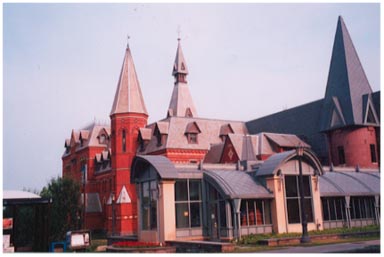
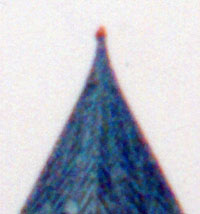
It is hard to say just exactly what Cornell University is, but there are a lot of colorful specifics to the story of Ezra Cornell himself.
Cornell was born on the homestead which his father cleared in Deruyter: several days walk from Ithaca.
Ezra's father often spoke of the promised town of Ithaca, developing there where the steep, decending gorges converged and made for innumerable mill sites. As a regular on quater barn raisings, went on early to frame mills and he studied their machinery.
At age twenty-one Ezra walked to Ithaca and went to work for a framing contractor . Before long he linked up with Otis Eddy, who had mills on Cascadilla Gorge in Collegetown. Once Eddy's system was up and oiled, Ezra realized he could make more money as a mill engineer than as a builder, and so doing, soon worked himself into enough money that he was able to buy the stepped tableland between the Cascadilla and Fall Creek gorges. He pastured cattle there and developed water power with a dam and a spectacular tunnel through the rock at the head of Ithaca Falls.
The tunnel( the mouth of it still visible from the upper Stewart Ave Bridge over Fall Creek) may be responsible for the persistent story that there is a secret tunnel from the basement of the building which was once the Late Carl Sagan's house (and which before that was an Egyptian style, fraternity ritual meeting room with no windows and an open door.
However far Cornell may have gone with his tunneling, he certainly kept building and engineering things, including a pottery at the base of the falls, a house for his sister, and a major university .
with his tunneling, he certainly kept building and engineering things, including a pottery at the base of the falls, a house for his sister, and a major university .
Ezra got the government interested in his proposed university(where anyone, even a tatooed tribesman or an ordinary woman could obtain instruction in any subject) by agreeing to offer Reserve Officer training. The state would then locating certain of its own colleges, such as the college of Agriculture, on his campus and within his university.
This was a big success. Now Cornell University is one of the largest living cultural organisms in the world.
The Cornell Campus still includes cow pastures, orchards, and natural areas which she maintains for study purposes, and so that we have more places to ski. Cornell's extended and borrowed territory includes Ithaca, which is her hand maiden, and Cayuga lake, which is her heat sink and her largest laboratory. Cornell also has a claim on the face of Mars where she has placed a kind of walking pumpkin.
Cornell has the best roofed business school in the Ivy League,
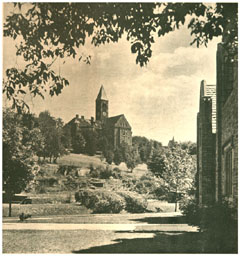

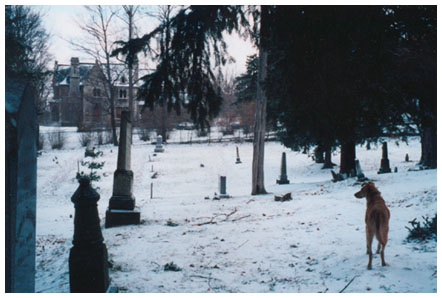
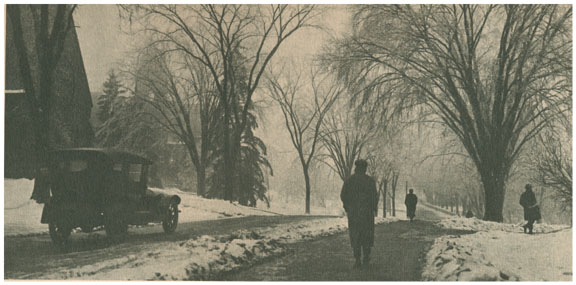
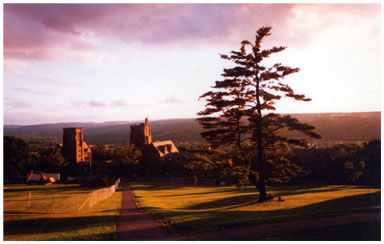
Don't get lost in there.